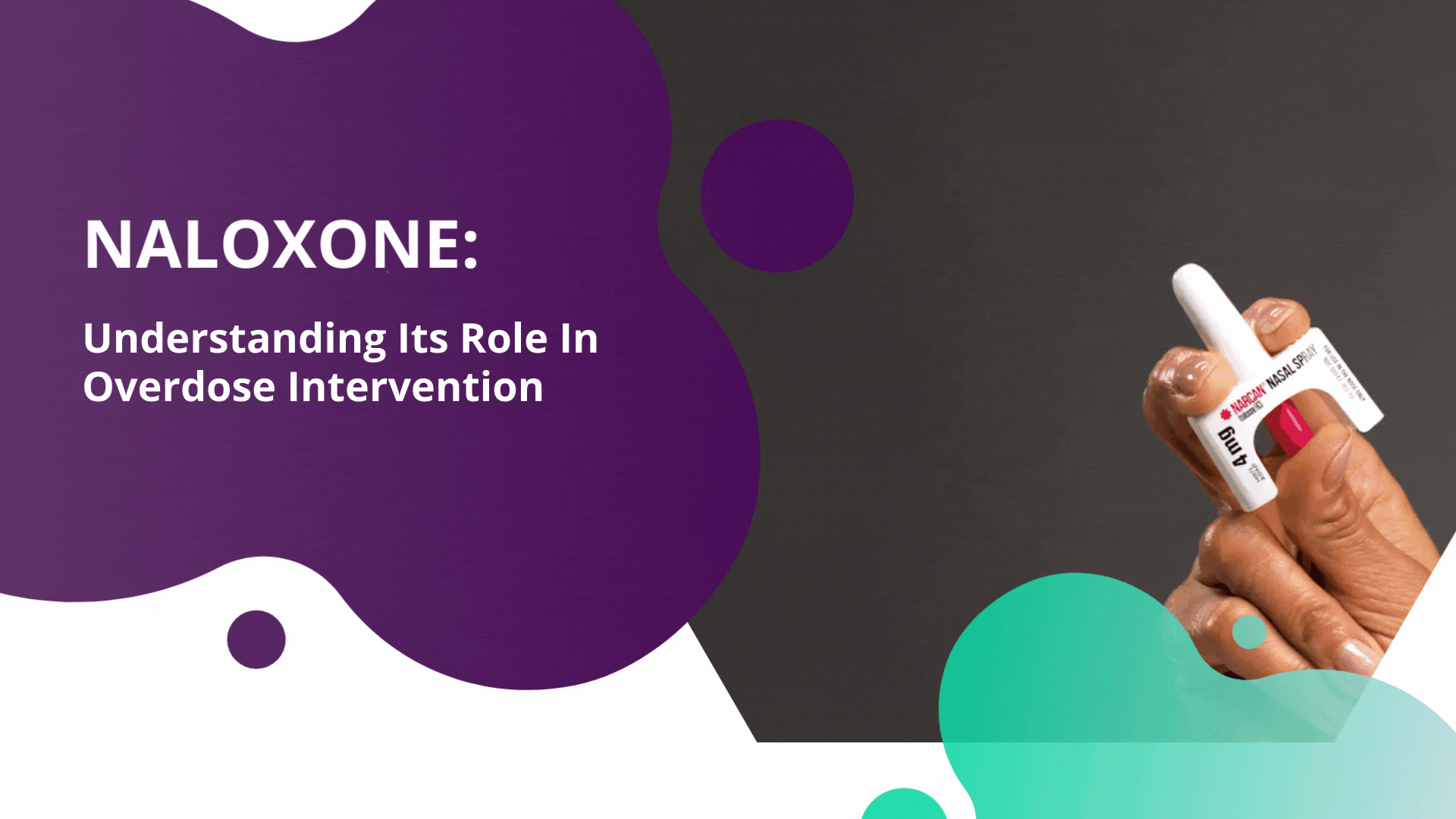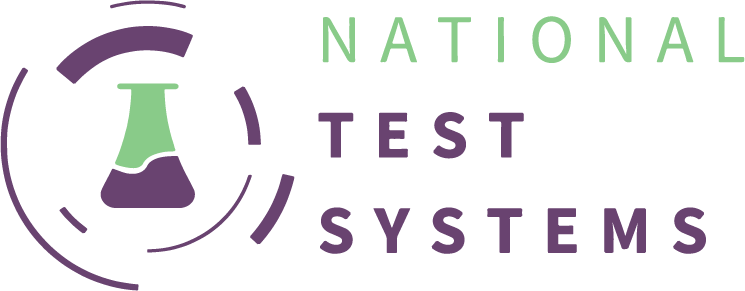
Naloxone: Understanding Its Role In Overdose Intervention

Naloxone, probably most-commonly referred to by the popular brand name NARCAN®, is a medication used to reverse the effects of opioids. It is most often administered to someone experiencing overdose, or other severe side-effects of opioid use, such as respiratory depression.
Although we hear a lot on the news these days about naloxone, it is certainly not new. It was patented in 1961 and approved for opioid use disorder in 1971. Of course, as the Fentanyl epidemic causes huge increases in opioid overdoses, naloxone has become a more-commonly discussed and reported-on medication.
In the simplest terms, opioids work by interacting with the opioid receptors in the human body and brain; they essentially attach to these receptors, and most opioids are considered agonists of these receptors. Conversely, naloxone is an opioid receptor antagonist, basically blocking the opioids from interacting with these receptors. Taking it a step further, naloxone is a competitive antagonist in that in addition to blocking the opioid receptors, it will take over the binding sites from the opioids that are already bound there. Of course, this is an oversimplification of the process, but it gives you an idea of the basic premise of naloxone’s functionality.
While there is some early indication that naloxone may also reverse a clonidine overdose, it is still being investigated. This is counter-intuitive, as clonidine is not an opioid, but we’ll know more as the research is developed. If this turns out to not be the case, then it would solidify the fact that naloxone can only reverse opioid overdoses. This is important to note as we see so many non-opioid adulterants and impurities in the illicit opioid supply; Xylazine is an excellent example of this. Since some 30% of Fentanyl overdoses are found to also include Xylazine, it is important to note that the NARCAN alone might not be enough to bring someone around if they are overdosing. Also, naloxone will last 30-90 minutes, while some opioids last longer; this means it is possible for the individual to experience additional overdose symptoms after the naloxone has worn off. So, while it is important to keep naloxone readily available, especially if you have an opioid user in your life, it should not be considered a 100% replacement for immediate medical attention.
Naloxone can be administered via injection; either IM (intramuscular), subcutaneous (below the skin), or IV (intravenous), but the more popular format currently is intranasal – basically as simple to use as regular nasal spray.
Most states allow pharmacists to offer Naloxone over the counter, some states require a physician’s prescription: unfortunately, there is no Federal Standing Order on naloxone, so it is left up to states how they want to address availability. And excellent resource of information regarding each state’s rules and availability can be found via this link: https://www.safeproject.us/naloxone/awareness-project/state-rules/
Xylazine: An Emerging Threat and What You Need to Know
Fine Print to Clarity: Critical Information You Need to Know from Product Inserts

New Test Option on the Horizon

If you read this blog with any regularity, you know I try to keep my topics educational. However, sometimes something new and interesting on the horizon is worthy of its own announcement, if only to determine if anyone else is excited about the potential as we are. In fact, more than ever, we would love to have feedback from you on the potential usefulness of this new test.
Just landed on my desk is an early version of an instant test that uses hair follicle as the specimen!
In the past, hair testing was only available via laboratory testing. The lab testing for hair is generally expensive and limited in which substances it can detect. The potential to have an instant POC (point of care) hair test will counter both of these shortcomings. While we do not have a price-point for these yet, we anticipate a cost not much higher than oral fluids tests, far from the cost of the laboratory version. Also, while most laboratories who even offer hair testing are only testing for five basic drug classes or so; no Fentanyl, no Alcohol, not even Benzodiazepines are being offered for screening by most laboratories performing hair testing. Early information indicates that the instant version would have the potential to detect any substance where there is already a urine test version available.
There is one other reason hair follicle testing remains less-popular than urine testing, and that is the window of detection. To learn more about the different specimen types, please read my previous blog post on the topic here. I will summarize here: while in urine we detect substances used within the past few days or weeks, depending on the substance, substances in hair follicle specimens are detected for 10-90 days. In other words, it will take about 10 days for a substance to begin to be detected (onset) and will be detectable for about 90 days after (outset). This window of detection does not work well for every setting.
There are a few other benefits of hair testing. One being that there is no need for same-sex collectors or even a bathroom. Another would be that it is almost impossible to adulterate a hair specimen. No more “shy bladder” excuses for producing a specimen is also a bonus of hair testing.
In the coming weeks I will be testing the early version that I have here and will be documenting my process and my results, and will post a full report of the testing process from start to finish.
In the meantime, as I mentioned, we would love to hear from you: Is this something that would be useful or not? Please reach out to me or your consultant and share your thoughts.
